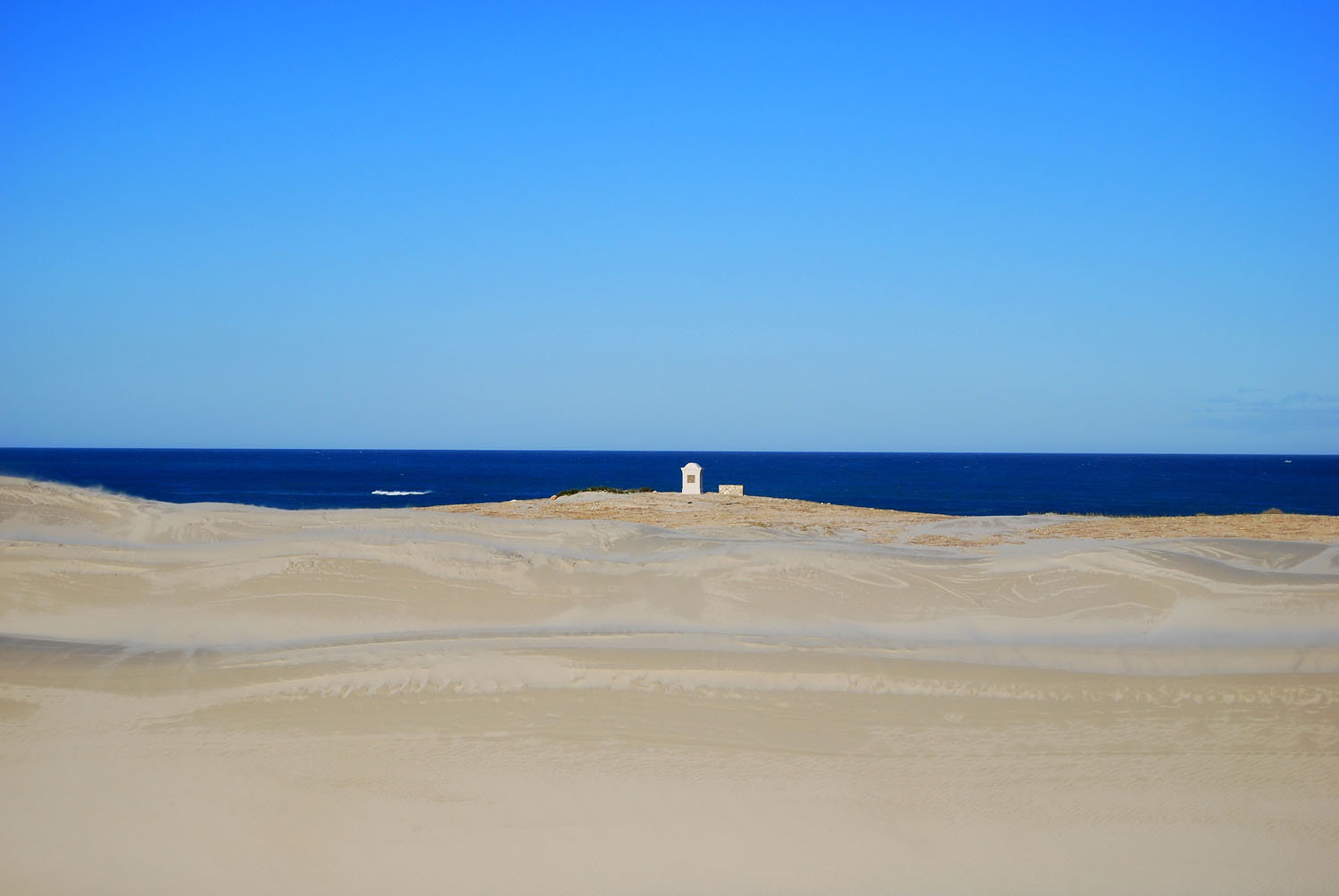Select a category
The HMS Arniston
For many a seafarer’s wife, hearing the words Cape of Good Hope has always been met with a gasp. But at the southern tip of Africa, it is not the Cape of Storms that should be feared but rather the journey there. South Africa’s coastline is the resting place of numerous shipwrecks and none more so than the coast hugging the southern tip of Africa. The meeting point of the two mighty ocean currents have resulted in the demise of many proud ships, if not more proud men.
.jpg?width=680)
One such proud vessel that owned the town of Arniston its name and its tragic history is none other than the HMS Arniston. Noted as one of the worst disasters in South African’s history, the story of the HMS Arniston is one of desperation and misfortune.
The HMS Arniston was a 3 decked and 3 masted English East Indiaman built at the Barnard yard on the Thames in 1794. The Arniston had made several voyages to China and India, and was heading back from the east on the 31st of May 1815 when it wrecked during a storm. The ship was carrying a hundred wounded soldiers from Ceylon (Sri Lanka) back to England along with 22 iron cannon, two 12-pounder cannons and twenty 18-pounder carronades. After being separated from its convoy and battling relentless winds, captain George Simpson had to rely on dead reckoning to navigate the Arniston. Believing that they were close to the Cape of Good Hope, the course of the ship was changed to head in the direction of what they believed to be St Helena. The sight of breaking water in the late afternoon of May 31st soon alerted the sailors of their mistake, but they were unable to change course. This unfortunate turn of events, lead the crew to cut the anchor cables with the hope of running the ship aground. The razor-sharp Agulhas Reef was unfortunately less than forgiving and the ship began to break apart. By nightfall the sea had claimed the ship along with its 372 crew members.
The morning of June 1st saw but 6 survivors amongst the wreckage and bodies of their fellow sailors and soldiers. The survivors were happened upon by a farmer’s son several days later. The dead were buried behind the dunes, of which the last washed up and were buried on the 11th of July.

A memorial was erected to commemorate the lives lost in the wreckage by the wife of Colonel Giels, who, along with his four children, died in the tragedy. The monument withered with time, but the stone tablet with the inscription was sent to the Cultural History Museum of Cape Town where is remained for many years. The tablet was later returned to Arniston / Waenhuiskrans where it was re-erected facing the dune where it was originally erected. The inscription on the tablet reads as follows:
Erected by their disconsolate parents to the memory of Thomas, aged 13 years, William Noble, aged 10, Andrew, aged 8 and Alexander McGregor Murray, aged 7 (the four eldest sons of Lieut Colonel Andrew Giels of H.M. 73rd Regiment) who, with Lord and Lady Molesworth unfortunately perished in the Arniston Transport, wrecked on this shore on 3rd May, 1815
The tragic wreckage of the HMS Arniston became synonymous with the town and was later accepted as the new name of Waenhuiskrans. The horrific events of that day will always be remembered along with the 6 brave souls that survived this unfortunate ordeal: Dr. Gunter (boatswain), John Barrett (carpenter), Charles Stewart Scott (carpenter's mate), William Grung (second class), Gibbs (third class), Robinson (fourth class).
The story of the Arniston spread fast and after the luxury liner Queen of the Thames also met her doom on the rocky shores of Waenhuiskrans, a beacon was built as additional warning to ships. The beacon, known as the Struispunt beacon, was built in the early 1900s and is a popular tourist attraction till this day.




.jpg?width=200&height=94)
.jpg?width=200&height=94)

.jpg?width=200&height=94)


.jpg?width=200&height=94)




.jpg?width=200&height=94)
.jpg?width=200&height=94)







